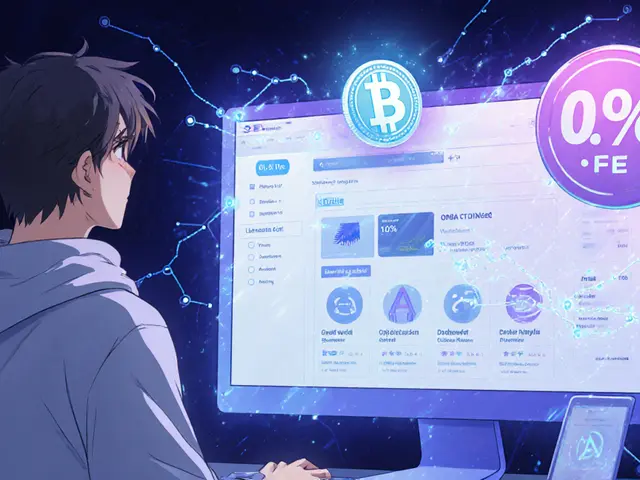Liquidity Pull: What It Is and Why It Matters
When dealing with liquidity pull, the sudden removal of pooled funds from a token’s market, often leaving traders unable to trade or withdraw. Also called a rug pull, an intentional exit scam where developers abandon a project after cashing out, a liquidity pull can happen on any decentralized exchange, a peer‑to‑peer platform that lets users trade without a central intermediary. The core of both events is a smart contract, self‑executing code that governs token behavior and liquidity pools. Understanding how these pieces interact helps you spot warning signs before your capital disappears. A liquidity pull typically follows a sharp drop in token liquidity, the amount of assets available for trading, which can be triggered by a sudden token listing removal, a compromised contract, or market manipulation.
Key Indicators and Preventive Measures
Spotting a liquidity pull starts with watching the health of the pool. If the liquidity pull risk is high, you’ll notice irregular transaction patterns, low reserve ratios, or a sudden spike in sell orders that drain the pool. Smart contracts often expose functions like "removeLiquidity" that only the project owners can call—if those functions aren’t properly permissioned, they become a backdoor for a pull. Decentralized exchanges publish on‑chain data, so you can audit the contract code or use block explorers to see who controls the liquidity. Another red flag is the absence of a lock‑up mechanism; reputable projects lock a portion of liquidity for months or years to build trust. To protect yourself, diversify across platforms, use reputable DEX aggregators that flag high‑risk tokens, and consider staking your assets in vetted liquidity mining programs that employ multi‑sig wallets.
The collection of posts below dives deeper into each of these angles. You’ll find a step‑by‑step guide on how to audit a smart contract for hidden withdraw functions, a comparison of DEXs that offer built‑in liquidity safeguards, and real‑world case studies of tokens that survived a liquidity pull versus those that didn’t. Whether you’re a casual trader or a DeFi developer, the articles give you the tools to identify a potential pull early, assess the credibility of token listings, and take concrete steps to keep your holdings safe. Explore the insights, learn the warning signs, and stay ahead of the next liquidity pull before it hits your portfolio.
Learn how smart contract rug pulls operate, their three main types, warning signs, real examples, and steps to protect yourself from DeFi scams.
Read More





